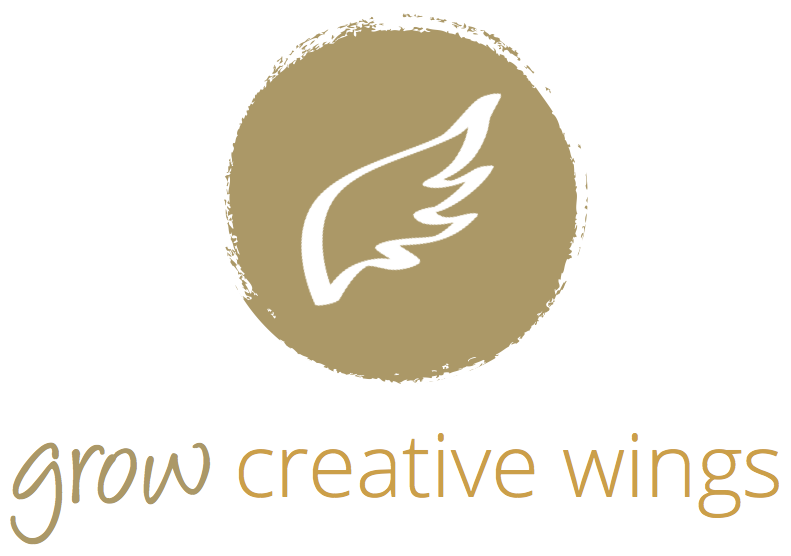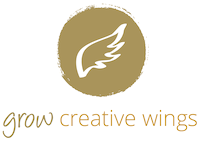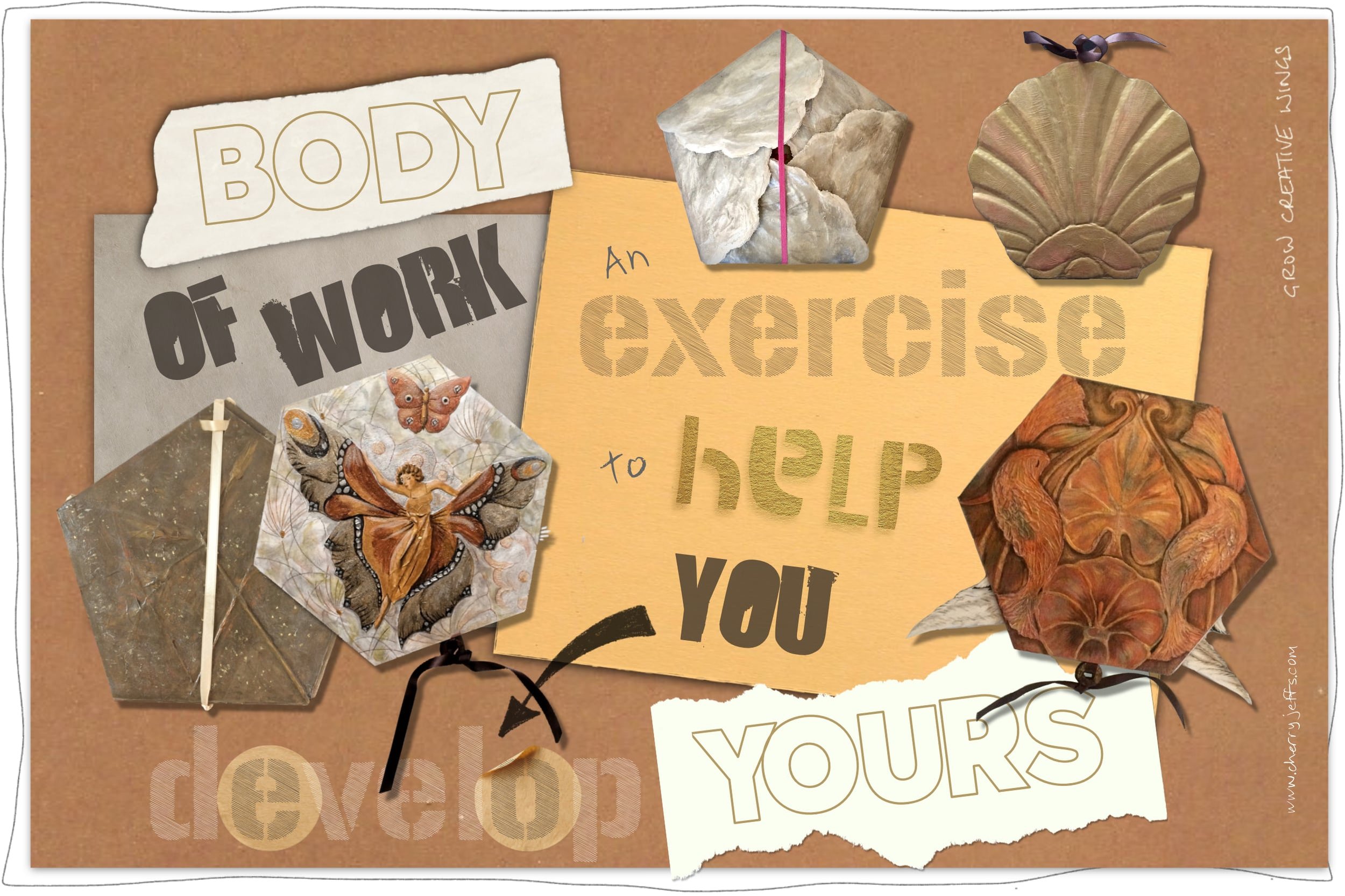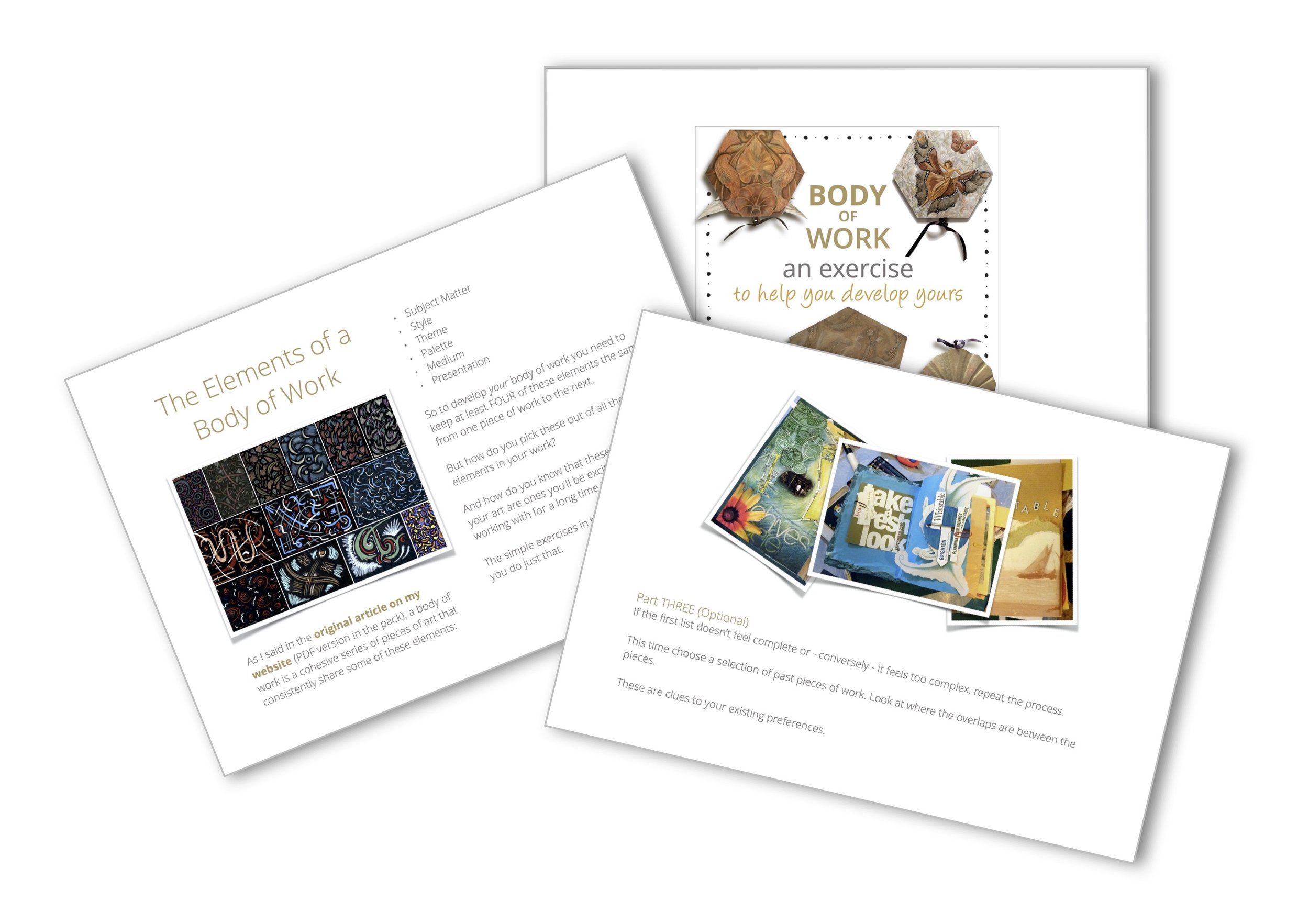A Body of Work: What is it and Why do You Need One?
What is a Body of Work? Why do you need one as an artist? Is it something you need only for exhibiting? And how do you go about creating one?
For years, whenever I heard the term, 'Body of work', I wanted to hide. It seemed to represent a mysterious, cohesive vision that I would never be capable of. It took me forever to understand what a body of work really is - and why I might need one.
Google ‘Body of work in art’ and you’ll come up with a vast array of parameters to define this elusive concept. As well as the ideal number of works needed to make up said body! In order that you don't have to go through the same agony I did, I'm going to explain all about this mysterious term!
Body of Work Simplified
To simplify it to its basics, the meaning of a body of work is a cohesive series of pieces of art that share consistent elements.
Now, personally, I’ve always struggled with doing things exactly the same way as I’ve done them before. I was in a perpetual fight between a need for consistency versus a constant desire to explore new territory.
So no-one was more surprised than me to discover that creating a body of work is exciting and not boring at all! And I owe this discovery to Jason Horejs, owner of Xanadu Gallery in Scottsdale, Arizona and author of Red Dot Blog.
It was Jason that finally solved the mystery for me as to what a body of work actually is. He uses this simple checklist to check consistency in artist's work:
Consistency Checklist for a Body of Work
Subject Matter
Style
Theme
Palette
Medium
Presentation
An artist’s body of work must keep at least four of these the same.
All well and good, I hear you say, "But why do we actually need a body of work?
In the early stages of discovering who we are as artists, it's natural to want to try out lots of different techniques, media and subject matter. But for many of us, this kind of exploration can go on far too long! The result? Extreme frustration that we haven’t ‘found our voice’.
Constantly exploring different ways of working is exciting. But it’s also exhausting - and that makes it difficult to maintain over the long term.
This is one of the reasons why it can feel like an uphill struggle to make art regularly. When we don't have a clear direction, it's easy to get charged up to begin. But after a while, our enthusiasm peters out and we dry up. Eventually we restart in a different direction.
Repeating a process can teach us important lessons about subtle variation and refinement. But when we charge all over the map like this, we don’t get to learn these lessons.
It was only when I focussed on building a body of work, that I finally started to make art that spoke with a strong, personal and unique creative voice.
So, above any other considerations, the single, most important reason for building a body of work lies at the heart of your creative work: It helps you refine your voice, and the direction of your practice, so you can keep going over the long haul.
The relationship between your creative voice and your body of work
A body of work - vital for gallery representation
Without doubt, if you're looking to find gallery representation as an artist, you're going to need to show them a coherent body of work.
Galleries want potential collectors to be able to easily identify pieces of your work as recognisably yours.
This is the fundamental, and non-negotiable premise for needing a body of work from a commercial point of view.
How many pieces in a body of work?
The number 12 is bandied around a lot on the internet as the minimum number of pieces in a body of work. But that it depends very much on your medium.
If you work small and quickly, you might knock out 24 pieces in no time.
If you cast giant sculptures out of bronze, it might take quite a while before you have 12.
It takes me a very long time to make an artist’s book. At the time of writing, I have made five and I’m on my sixth. But I have also made other small works that relate to my main body of work, such as my moveable postcard series.
These all had the same metallic colours and contained a surprise. They aren’t at the centre of my body of work concept, but they aren’t unrelated either.
So you can do ancillary works that will add to your body of work without being its mainstay.
Instead of monumental bronze sculptures, you could make small bronze sculptures with the same style and subject matter as your large scale works.
So try not to worry about numbers. The crucial thing is to keep revolving your focus around a central axis. This axis represents the core components of your work.
How I developed my first coherent body of work
When I transitioned into making artists’ books, I began to truly understand what a body of work is.
It was only when I transitioned into making artists’ books, that I began to truly understand what a body of work is.
I would like to tell you I achieved this by good management but in fact serendipity played a large part.
Because I was planning to move around for a while, I needed to make art with a small footprint. So I challenged myself to make art that would fold out - either three-dimensionally or into a bigger size.
My first stop was Portugal. There I fell in love with the silvery mist that covered the pine forest in the winter early mornings. And the fuchsia magnolia flowers that were blooming everywhere.
As I worked at my tiny work table overlooking the valley, the ideas for the book emerged. A textured, silver cover gradually emerged. It formed the perfect contrast to the brightly-coloured flower inside.
Flower amongst Pines (Flor entre Pinos), © Cherry Jeffs 2016
Acrylic and mixed-media, Pentagon size folded 17.5cm x 18.5cm, unfolded 29.5cm x 29.5 cm
In that piece, the seeds of a cohesive body of work were sown.
From then on, as well as the fold-out aspect, I tried to get a similar juxtaposition into every book I made. Metallic, textured covers - whether mono or polychromatic - have become my signature style. The inside is always a surprising contrast to the cover - whether in terms of palette, texture or subject matter.
The more I confined myself to these reduced parameters, the easier it became to show up to my practice consistently. And the shorter the gaps became between finishing one piece and developing ideas for the next.
How to figure out the elements of your body of work
So you can arrive at this same happy place, I've developed the questions I used to build my own body of work into a straightforward exercise.
Use it to understand how to narrow your focus - while still maximising playfulness and joy! So you too can develop a cohesive body of work that has you running to your workspace to start your day!
Or download the exercise in a printable workbook:
INSTRUCTIONS
Select a piece of work you made previously and set it up in front of you. (If you no longer have it, then use a photograph of the work.)
Part 1
In a notebook or journal, jot the answers to the following questions:
What media did you use?
What techniques did you explore?
What is the subject matter of the piece?
What is the colour scheme?
Was there a concept behind the piece? If so, what?
How would you describe the style of the piece?
What do you most love about how this piece turned out?
What did you most enjoy about creating the piece?
What do you least like about the piece?
What part of the process did you enjoy least?
What most challenged you about creating the piece? Do you feel positive or negative about this challenge?
Part 2
Highlight all the parts of the process that you enjoyed and/or you want to continue to explore in future work.
What ideas occur to you for taking these ideas forward and developing them?
Using a different colour, highlight your least favourite aspects. Or the aspects you want to avoid repeating in the future.
How might you avoid them?
Finally, look at the parts that you felt neutral about. Those are elements that you neither need to go out of your way to avoid or explore in the future.
Be honest with this process. There’s no point in choosing or rejecting anything just because you think you ‘should’! The only way you’ll be able to sustain repeating a process, theme, or subject is if you truly feel excited about doing it.
By the end of this exercise you should have a list of elements or parameters to use as a framework for a body of work.
Part 3 (optional)
If the first list doesn’t feel complete or - conversely - it feels too complex, repeat the process.
This time choose other past pieces and look for where the overlaps are between the pieces.
These are clues to your existing preferences.
(You can also use this exercise if you feel like you need a change of direction from a recent body of work, but aren't sure what form it should take.)
As you begin to explore these parameters in your work, don’t worry if you don’t stick to them to the letter. Just because we like doing something once, doesn’t mean we want to repeat it infinitely. Your list will likely go through further refinement over time.
What about creating your
Body of Work?
Has it been natural for you to develop a cohesive Body of Work?
Or are you struggling to make sure enough elements remain consistent throughout your work?
And how do you make sure that these aspects of your art are ones you’ll be excited about working with for a long time to come?
The exercises in this workbook will show you how to do just that!






